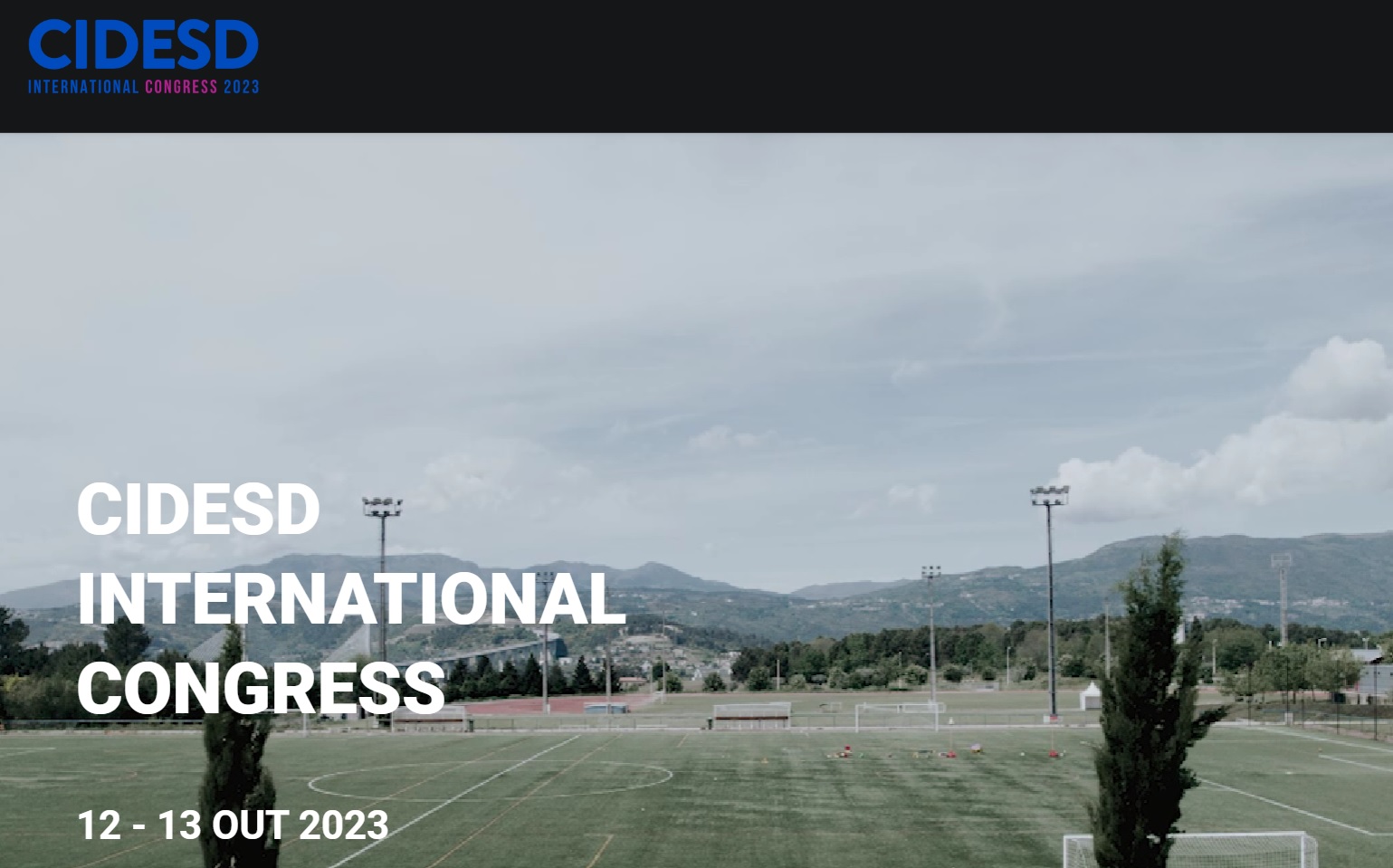The relationship between wellness and training and match load in professional male soccer players
DOI:
https://doi.org/10.6063/motricidade.31719Keywords:
exercise, fatigue, football, mood, muscle soreness, load, perceived exertion, sleep, stress, wellbeingAbstract
This study aimed to (i) analyse the within-microcycle variations in professional soccer players and (ii) analyse the relationships between wellness and training and match load demands during the following day (MD+1) and the day before match-play (MD-1). Thirteen professional soccer players (24.85±3.13 years) were monitored daily over 16 weeks for wellness, training and match-play intensity. The daily wellness measures included fatigue, quality of sleep, muscle soreness, mood and stress using a 1-5 scale. Internal intensity was subjectively measured daily using the rating of perceived exertion (RPE) and the multiplication of RPE by session duration (s-RPE). External intensity was quantified using high-speed running, sprinting, and acceleration and deceleration metrics. Data was analysed from each training session before (i.e., MD-5) or after the match (i.e., MD+1). Repeated measures ANOVA or Friedman ANOVA was used to analyse the aims (i), where Spearman correlation was applied to analyse the relationships between the aims (ii) and (iii) between sleep quality and training intensity. The main results for aim (i) showed that MD+1 presented the lowest values for wellness variables (p < 0.05). At the same time, MD-1 presented the lowest internal and external load values (for all variables), with MD presenting the highest values (p < 0.05). Regarding aim (ii), the main result showed significant large negative correlations between fatigue and s-RPE (r = -0.593; p = 0.033). Considering aim (iii), significant small to very large negative correlations were found for sleep quality, fatigue and muscle soreness with all internal and external variables (p < 0.05). Lastly, the main results for aim (iv) showed large negative correlations for fatigue and session duration; fatigue and s-RPE; muscle soreness and session duration; muscle soreness and s-RPE; and muscle soreness and decelerations (p < 0.05, for all). The main conclusions were that MD had an influence on wellness and internal and external training intensity. Notably, MD-1 and MD+1 were most affected. In this regard, a tendency for higher internal and external intensity on MD was associated with lower wellness measures of sleep quality, muscle soreness, and fatigue on MD+1.
Downloads
Published
Issue
Section
License
The authors of submitted manuscripts must transfer the full copyright to Journal Motricidade / Sílabas Didáticas Editions. Granting copyright permission allows the publication and dissemination of the article in printed or electronic formats, and copyrights start at the moment the manuscript is accepted for publication. It also allows Journal Motricidade to use and commercialise the article in terms of licensing, lending or selling its content to indexation/abstracts databases and other entities.
According to the terms of the Creative Commons licence, authors may reproduce a reasonable number of copies for personal or professional purposes, but without any economic gain. SHERPA/RoMEO allows authors to post a final digital copy (post-printing version) of the article on their websites or on their institutions' scientific repository.


